| Latin Name | Observation date | Location |
|---|---|---|
| Acraea terpsicore | January 03 2025 | Buket Alue Puteh, Aceh, Indonesia |
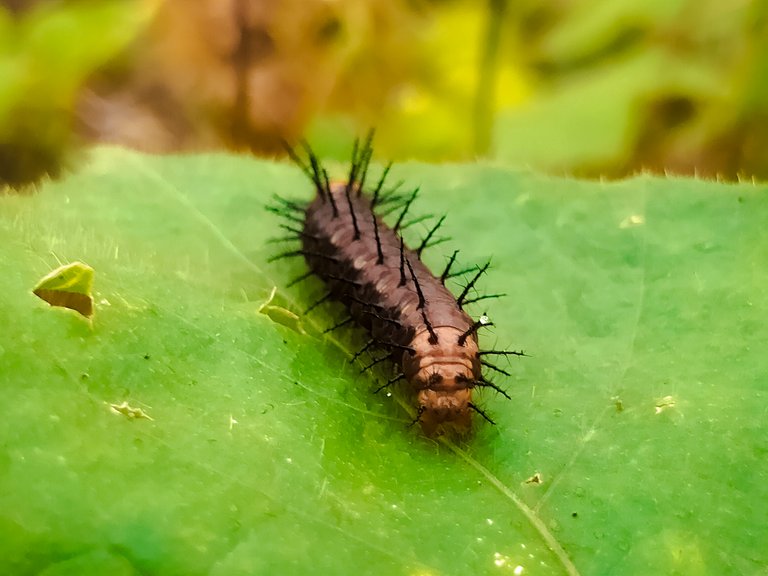
The beautiful Acraea terpsicore caterpillar is the initial stage of the life of the Acraea terpsicore butterfly, this caterpillar comes from the Nymphalidae family which is widespread in Southeast Asia, in its life cycle this caterpillar plays an important role in the feeding phase before metamorphosing into a very beautiful and amazing butterfly.
The Acraea terpsicore caterpillar has distinctive physical characteristics, the body of this caterpillar is brownish orange with small spines sticking out all over its body, these spines function as a protective mechanism against predators, because of its scary shape and possibly unpleasant texture to eat, these caterpillars are also equipped with a striking contrasting color such as a very distinctive brownish orange, this color serves as a warning to predators that they are poisonous and uncomfortable to eat, this protection technique is known as aposematism, a strategy adaptive that helps these caterpillars survive in the wild.
The main habitat of Acraea terpsicore caterpillars is on certain host plants which they consume during the larval phase, one type of plant that is often eaten by Acraea terpsicore caterpillars is a plant that belongs to the passifloraceae family, one of the famous ones is the "rambusa" plant, one type of plant wild plants which have similarities to passion fruit, these plants not only provide food for the caterpillars but also the chemical content in the leaves which are often absorbed by the caterpillars to provide additional protection, the chemical compounds that accumulate in the body as they grow will keep predators away. They are considered poisonous prey, so Acraea terpsicore caterpillars have a unique security in surviving in the wild.
The presence of the Acraea terpsicore caterpillar often has a significant impact on the ecosystem, as a leaf eater, this caterpillar helps regulate the population of the host plant (rambusa) so that it does not grow dominantly, but it is also necessary to understand that if the population of this caterpillar continues to increase then this caterpillar can become a pest. which threatens agriculture, so the best solution is to control their population by spraying pesticides (systemic) on cultivated plants so that these caterpillars do not approach the plants because of the bitter chemical content absorbed by the plant leaves, so it is an alternative solution for anyone who works as a farmer.
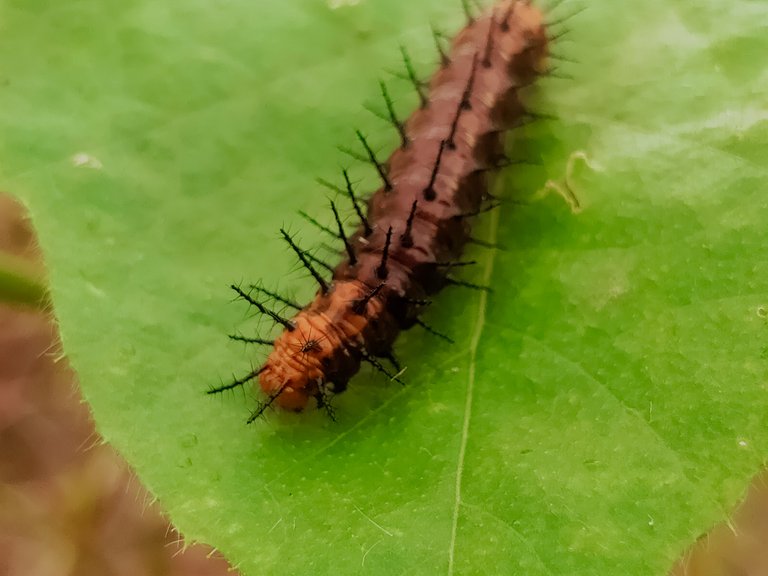
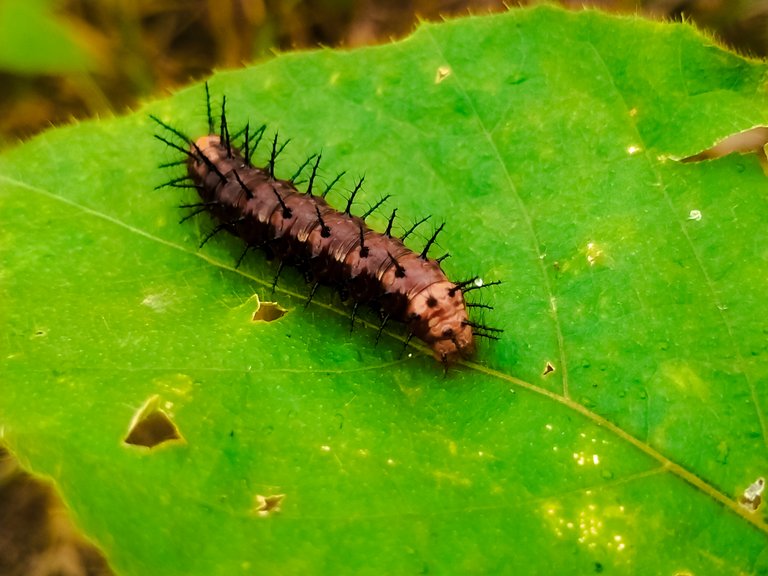
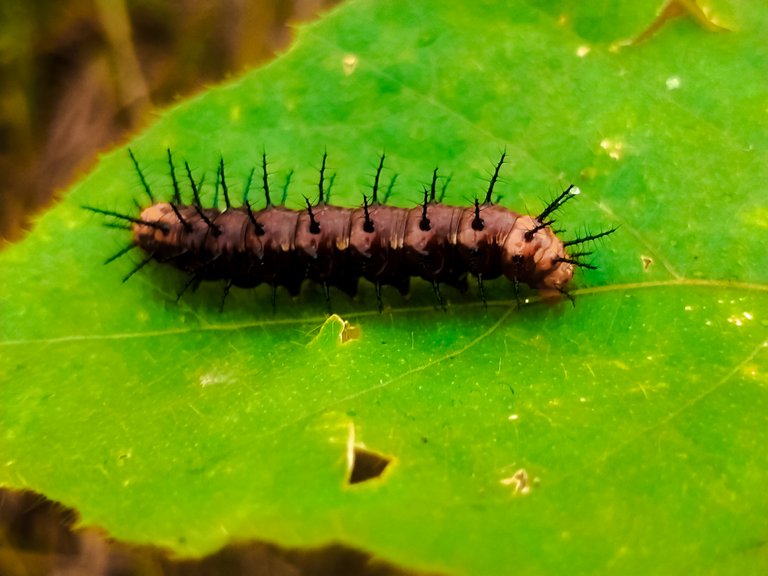
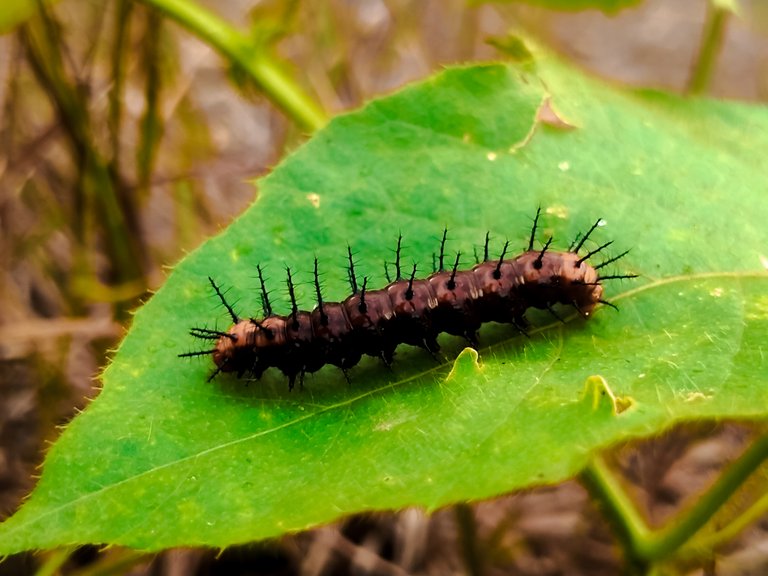
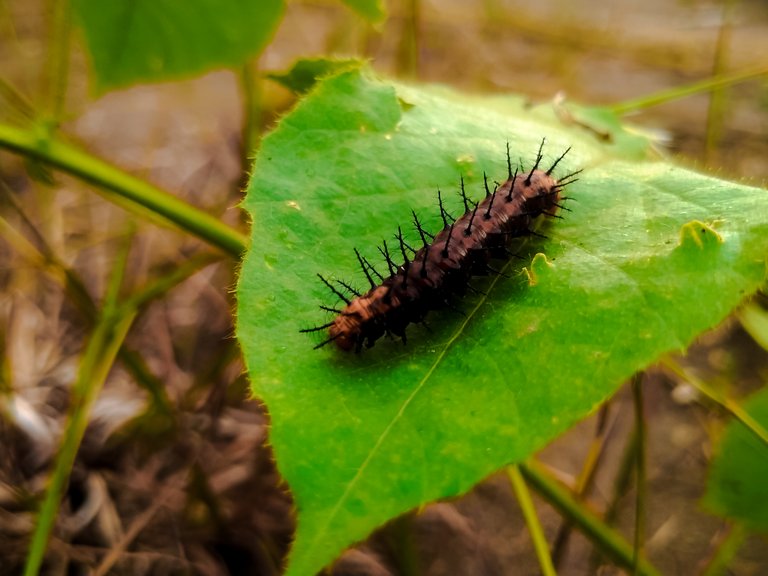
| Camera used | smartphone |
|---|---|
| Lens | - |
| Photography | Acraea terpsicore |
| Location | Buket Alue Puteh |
| Photographer | @lightofhope |
| Link to original | community |
|---|---|
| Link | https://www.inaturalist.org/observations/257917424 |
| Latitude Longitude | Map | |
|---|---|---|
| =5.080479 | =97.46383 | https://www.openstreetmap.org/?mlat=5.0804793232&mlon=97.4638302997 |
